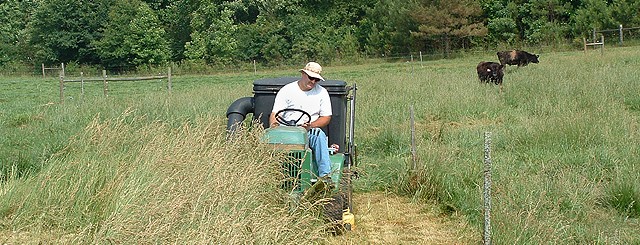Livestock
-

AL.com published a story two days ago describing the problems poultry farmers had last winter with poor availability of propane. This is the fuel of choice for many poultry farmers for heating their poultry houses, which are sometimes as long as two football fields in length. This resulted in particularly high costs last year, since…
-

One of the stories that has not been widely reported in the news about the Buffalo snowstorm is the impact on local dairies. AgWeb listed a story from Dairy Today which indicates that a number of dairies in the affected area are dumping milk because the milk trucks were unable to get through the badly…
Posted in: Livestock -

A new resource guide has recently been made available by the Animal Agriculture Climate Change group that co-sponsors this blog. It is entitled “Adapting to a Changing Climate: A Planning Guide.” It is available online by clicking here. This guide provides several steps that extension agents, farmers and ranchers can use to think about how…
-

The results of the 2014 hay contest are in, and show a marked improvement over 2013, when wet weather caused poor forage conditions across the Southeast. Here is a paragraph from the contest summary: “Weather is always a major limiting factor when attempting to produce high quality forage. This year, dry conditions in the later…
-
Last year at this time, an unexpected early season blizzard in South Dakota killed over 40,000 head of cattle. Many ranchers were caught unprepared by the unseasonable weather and had not moved their cattle to their winter pastures yet, which increased the losses. Cattle were also still in summer coats and were soaked by the…
-
An entry from the American Geophysical Union blog site in mid-August discusses the possibility of spreading antibiotic-resistant bacteria (ABR) through wind dispersal of land-applied animal wastewater used for irrigation in drought conditions. You can read the blog here. Scientists are not sure about the amount of ABR naturally occurring in the soils now, but speculate…
-
The New York Times published a story earlier this week discussing the changes that changing climate may cause to soil microbe populations. Their focus was on grazing lands in the Southwest, but it is a question that could be asked across the country. The story focused on cyanobacteria, a critical component of surface soils in…